On a tour of the St. Francis Dam disaster flood plain a couple of years ago with the Santa Clarita Valley Historical Society, we were supposed to visit the "Harry Carey Ranch"—but it was closed for a wedding.
I'd never heard of it—and when we drove by, I saw nothing of it. Nothing besides the sign for the Tesoro del Valle residential community, which was built nearly two decades ago in Santa Clarita, California.
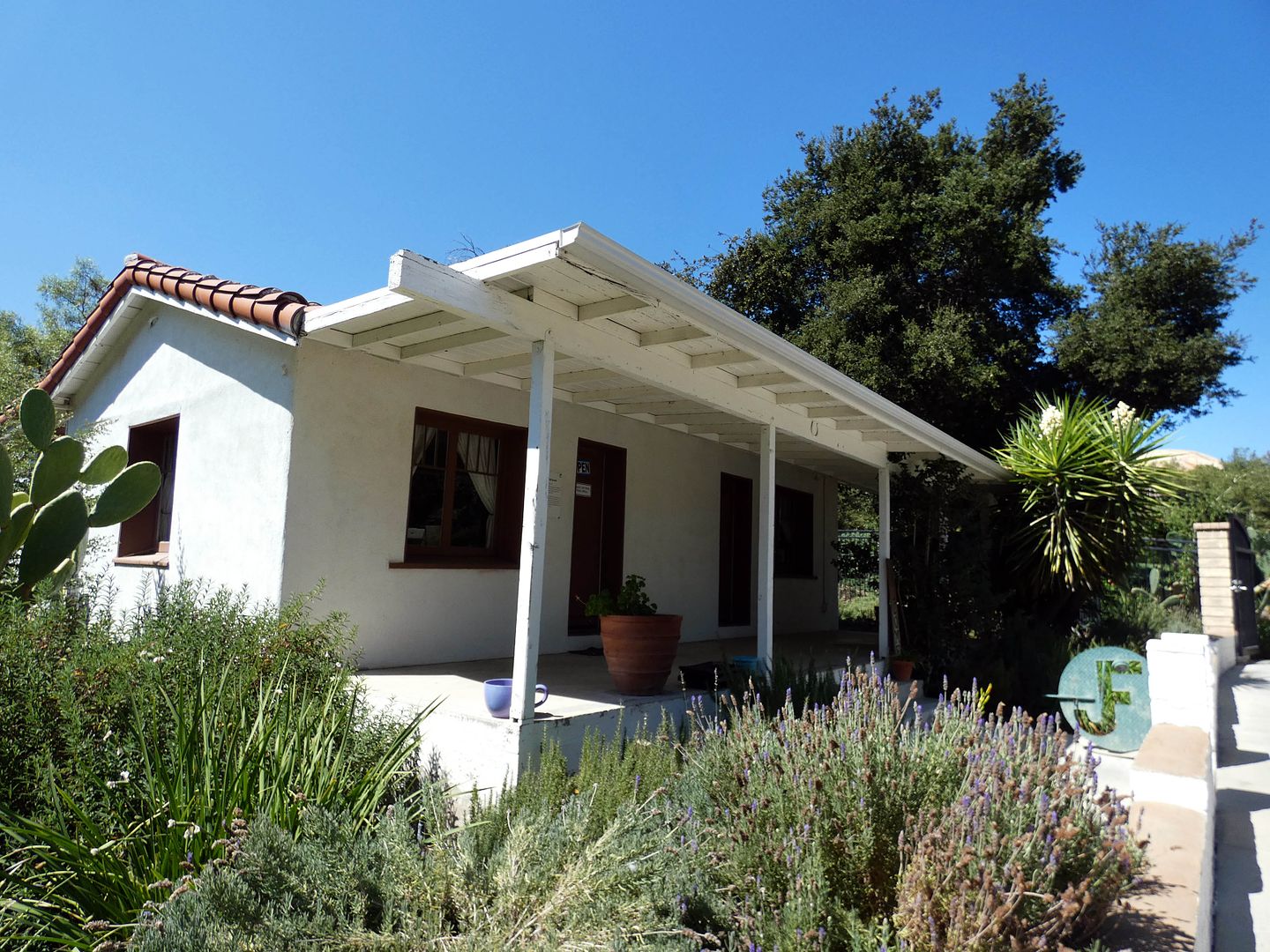
I finally got back there—to the Tesoro Adobe Historic Park—to see what was left of silent film star and Western movie hero Harry Carey, Sr.'s former ranch (reportedly "the first tourist attraction in Santa Clarita") and what had been washed away in the flood.
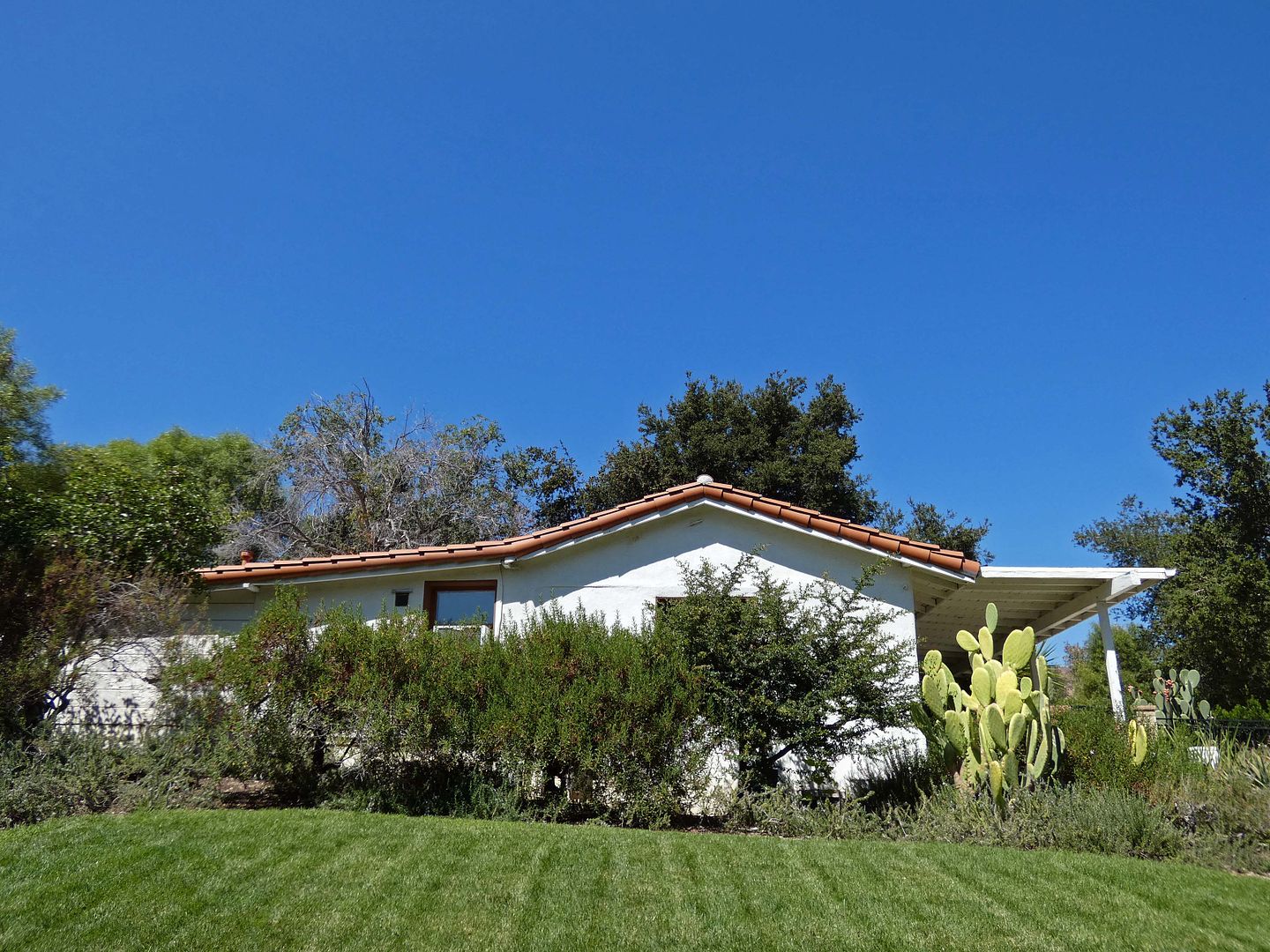
The current park office and visitor's center is the former ranch bunkhouse, built of stucco-covered adobe in 1920 and sometimes used by the Carey children as a playroom.
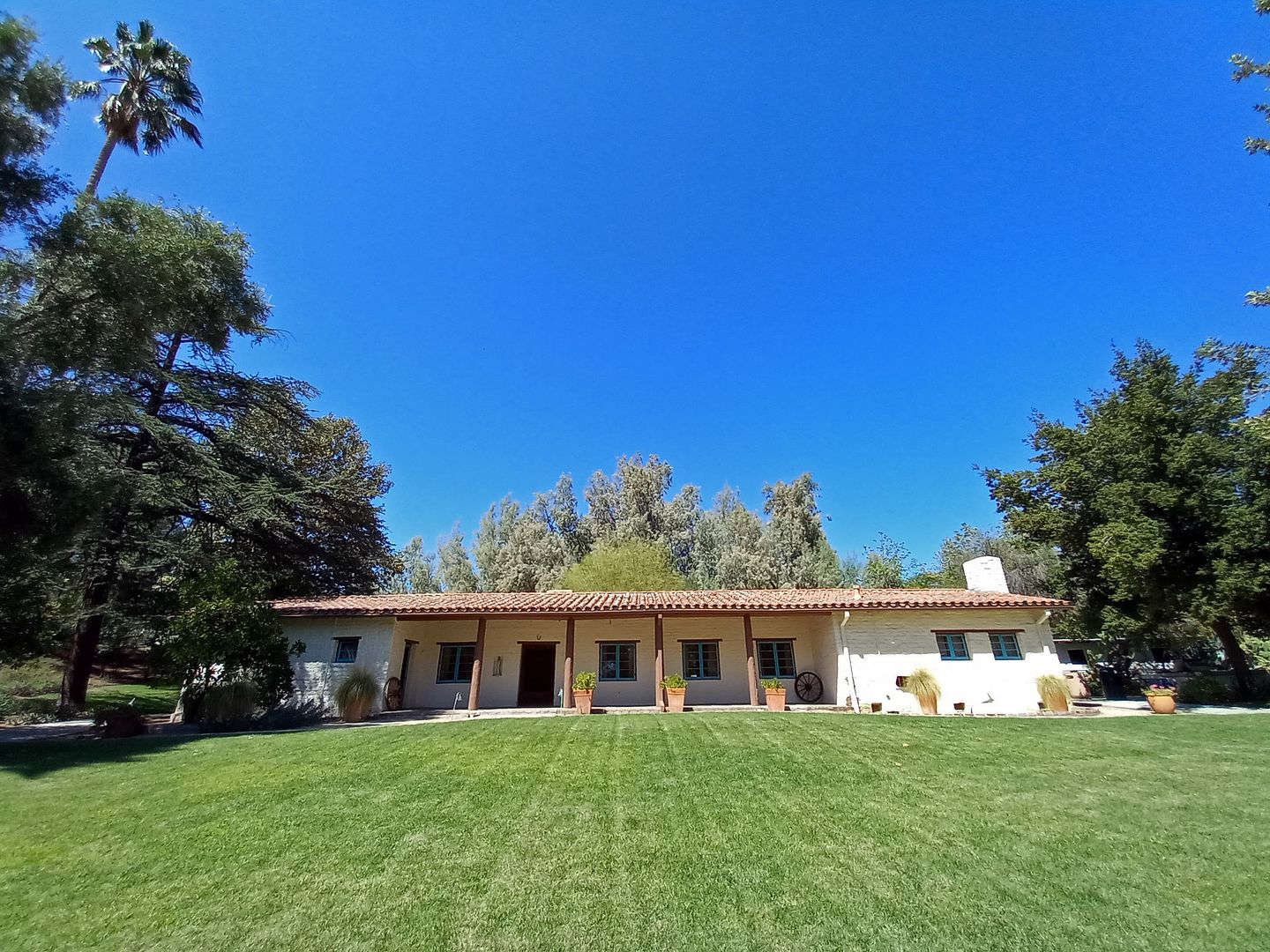
The children started their lives in a circa 1916 wooden house on the 2,000-acre property—which actually survived the 1928 flood when the St. Francis Dam broke during one of the Carey family's frequent visits to New York. Tragically, the flood swept away the husband-and-wife caretakers, making them among the hundreds of casualties of the disaster.

But in 1932, the wood-framed ranch house burned to the ground—and was replaced immediately by the still-standing adobe ranch house, completed in 1933.
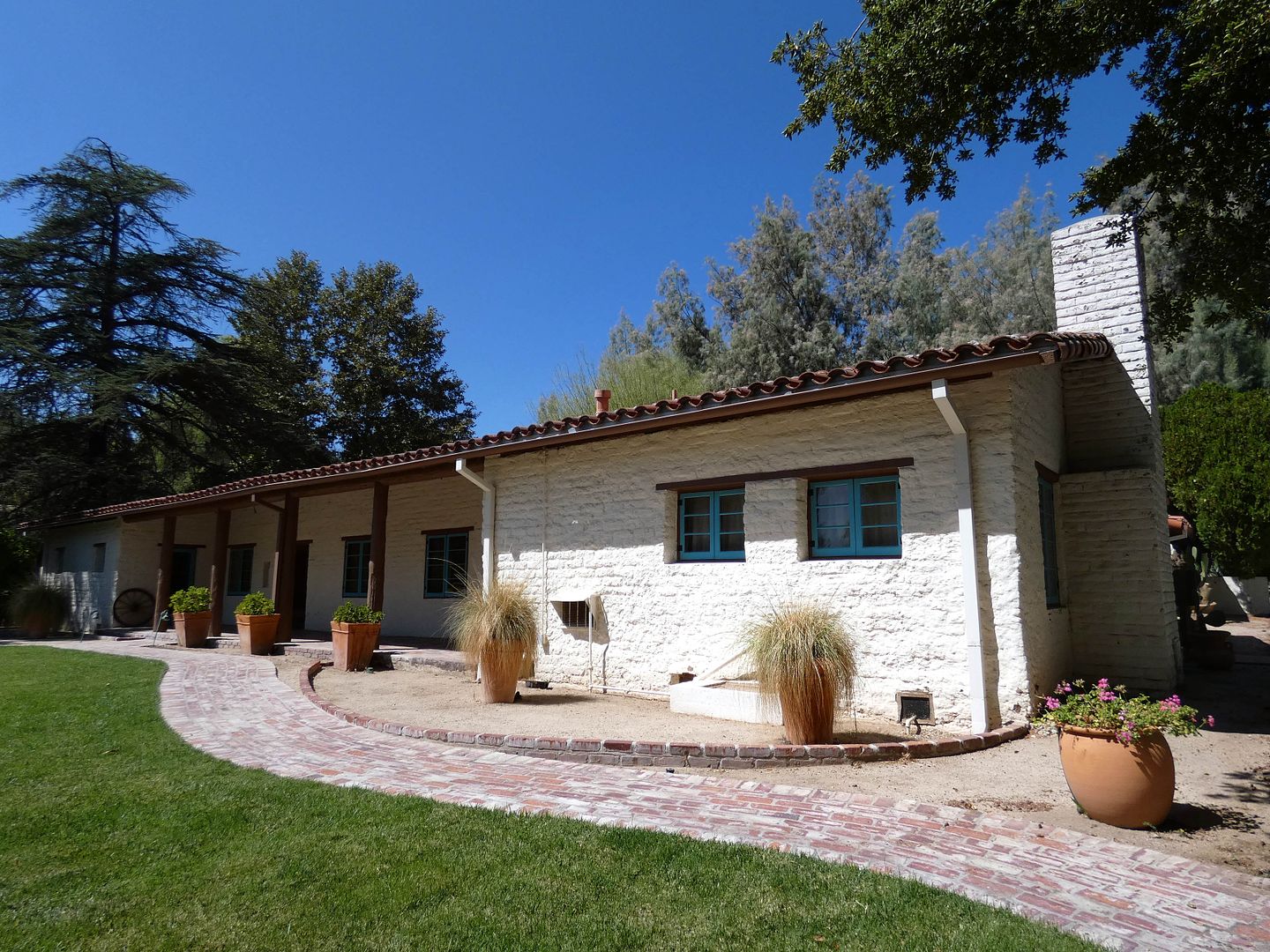
Built in the Spanish Colonial Revival style to replicate an authentic Spanish "hacienda," it's reportedly exactly what Harry Carey had dreamed of living in. In fact, he and his wife directed the construction of it themselves, without hiring any formal architect.
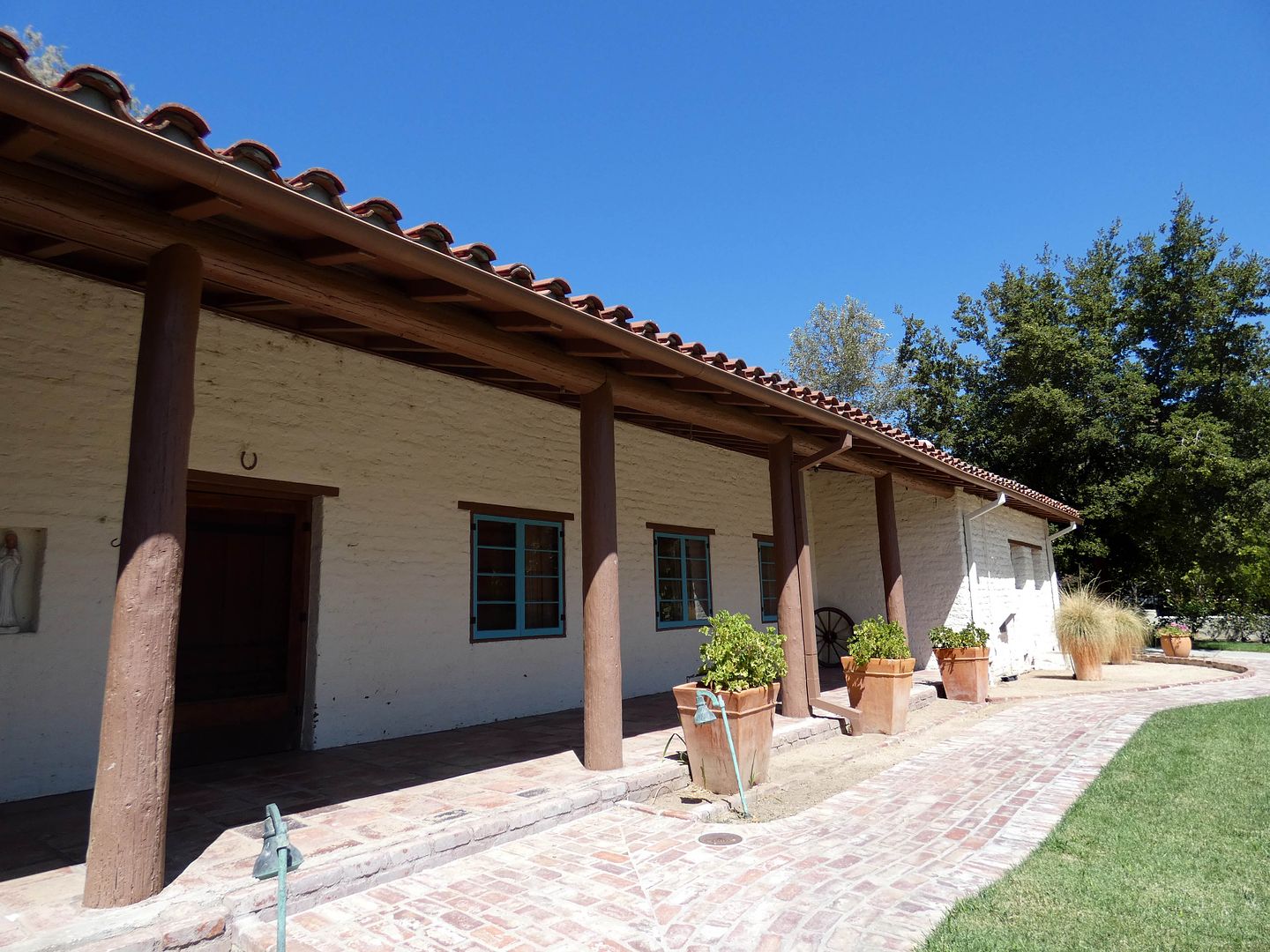
The adobe bricks were made right there on the ranch.
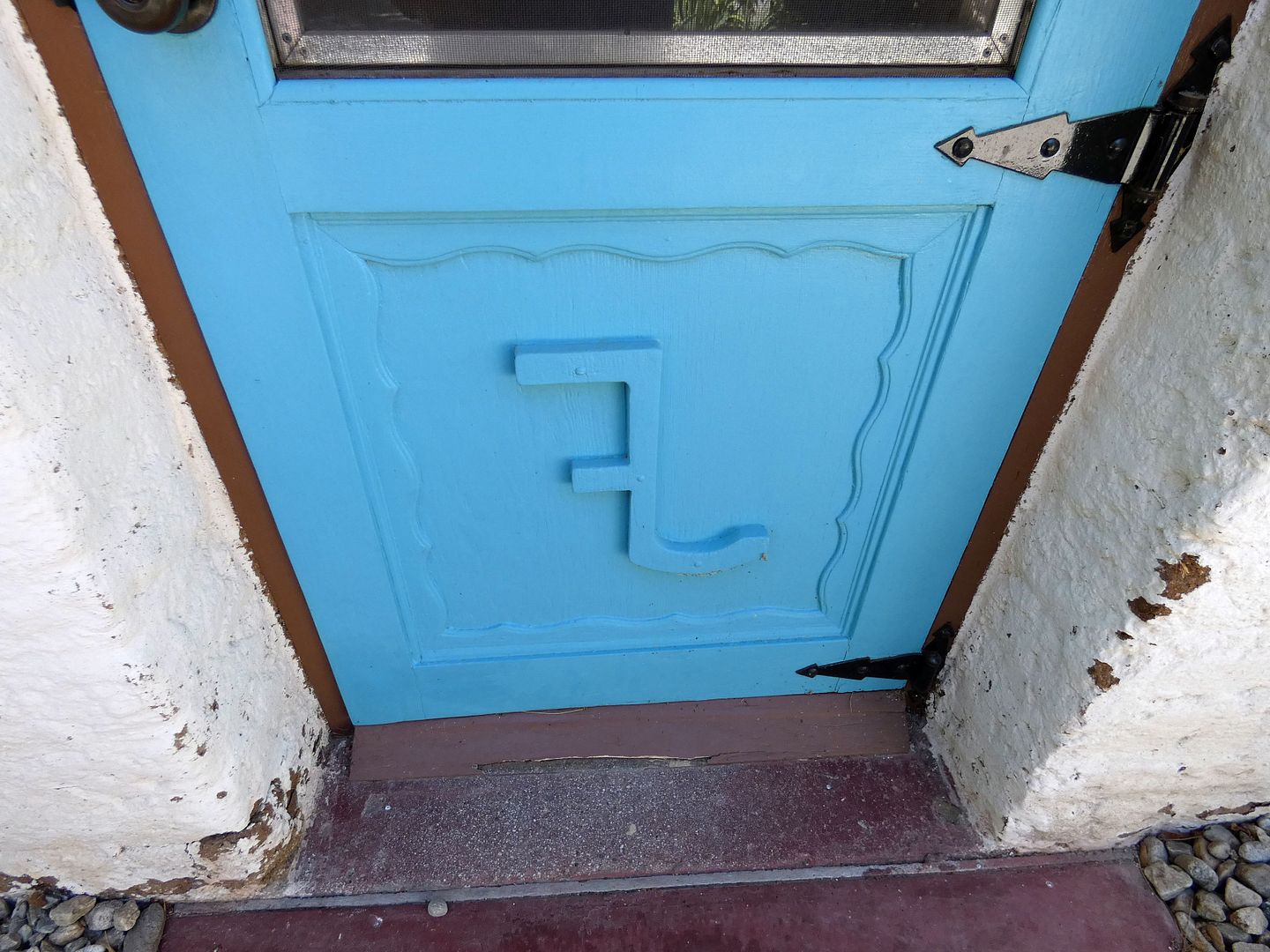
The Careys sold the ranch in 1945—and in 1953, it was purchased by the Clougherty brothers (Bernard a.k.a. "Barney" and Francis) to raise livestock there. They'd incorporated their Clougherty Packing meatpacking business the decade before and had launched their Farmer John pork brand (of hot dogs and such) that year.
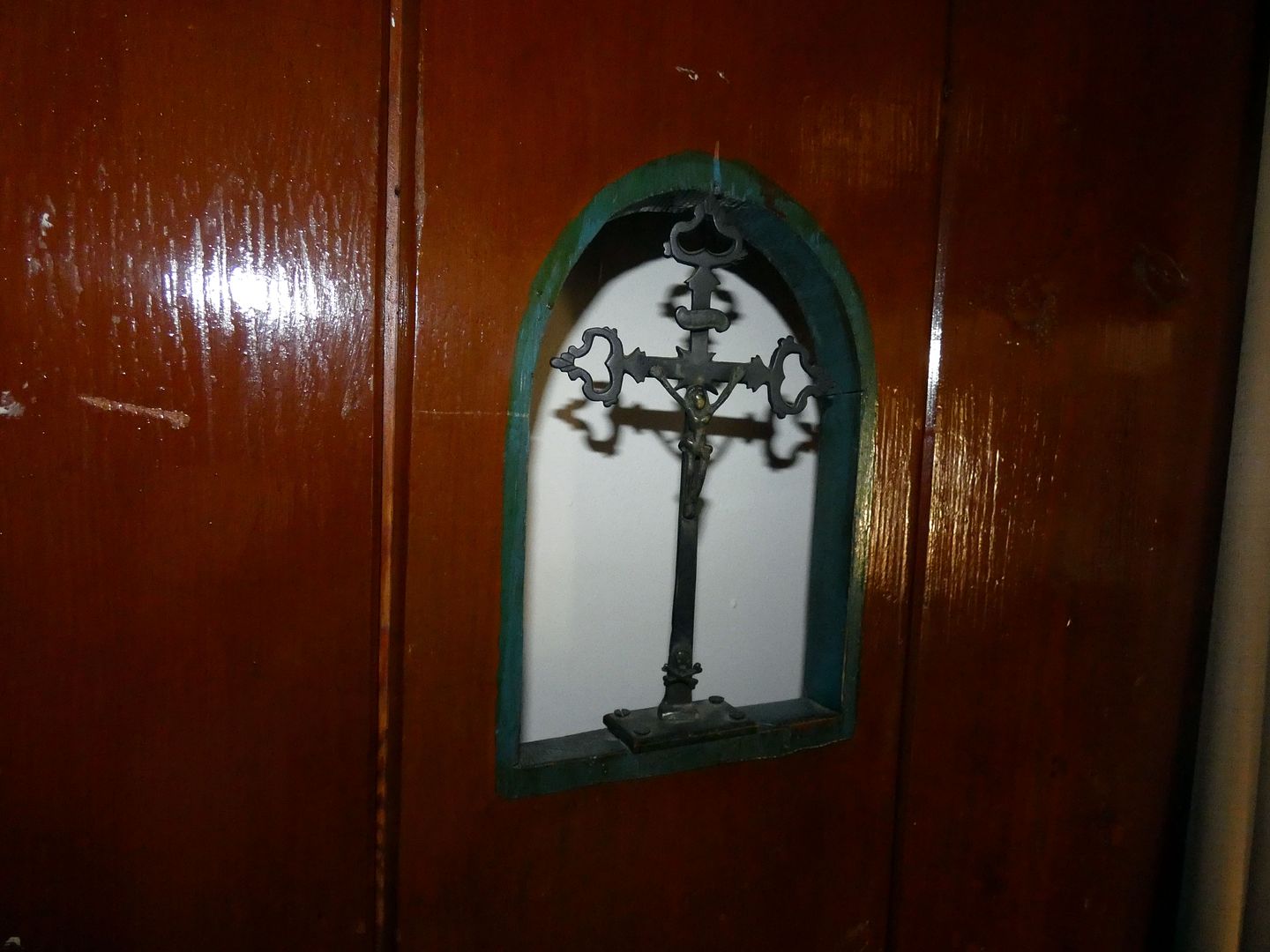
It turns out that raising pigs for meat in hot Santa Clarita didn't go so well for the Cloughertys, so they decided to make the former Harry Carey Ranch a vacation home.
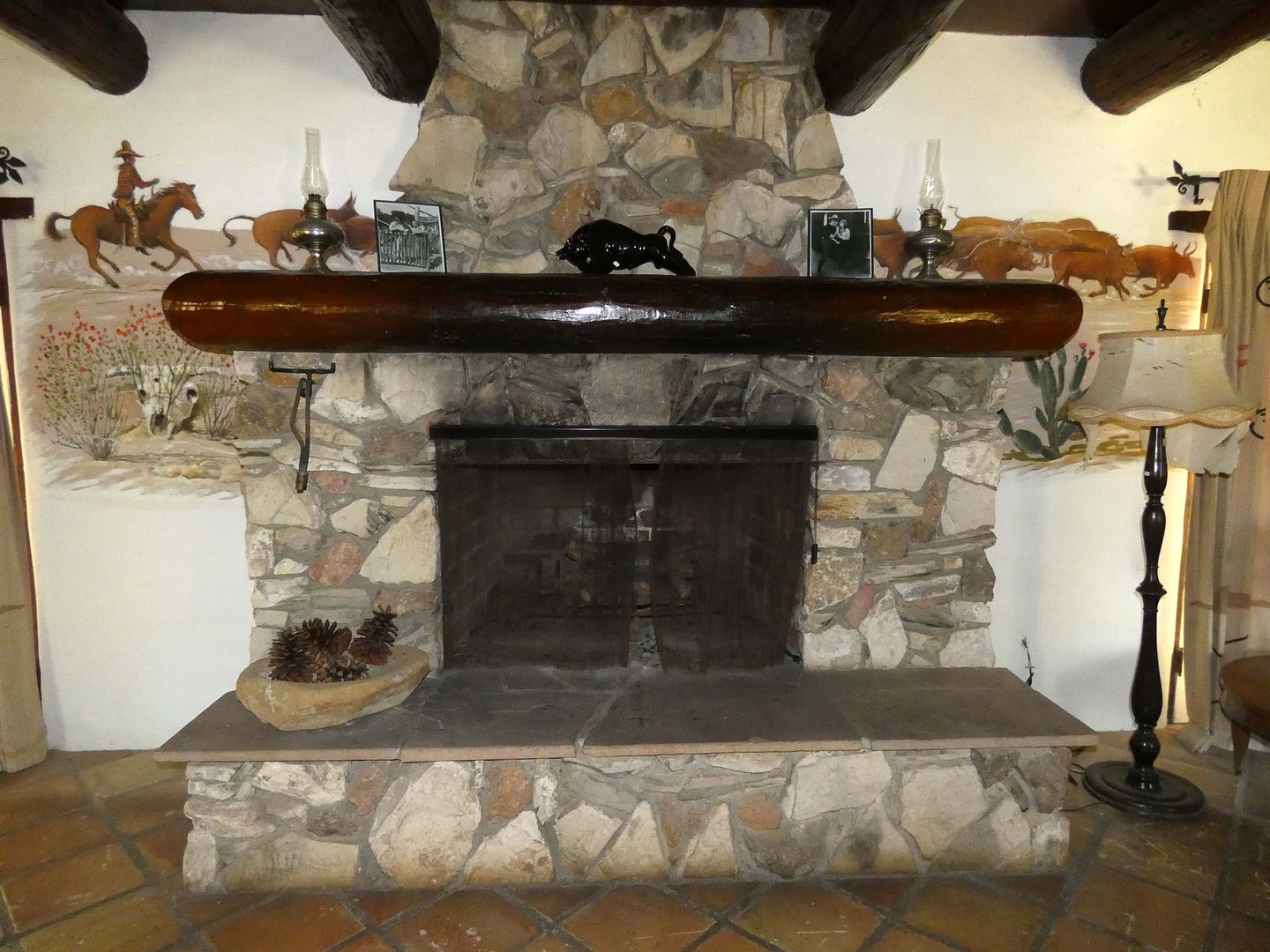
They hired Hollywood scenic backdrop painter Leslie A. ("Les") Grimes—who'd started painting the "Hog Wild" mural at their Farmer John meatpacking plant in Vernon in 1957—to create seven murals throughout the home (some of which, but not all, he signed and dated).

Grimes is best known for his Farmer John works in LA and Tucson, despite having contributed scenery to productions from Fox Pictures and Charlie Chaplin Studios.

The "FJ" cattle brand still abounds throughout the property, even on the curtains.
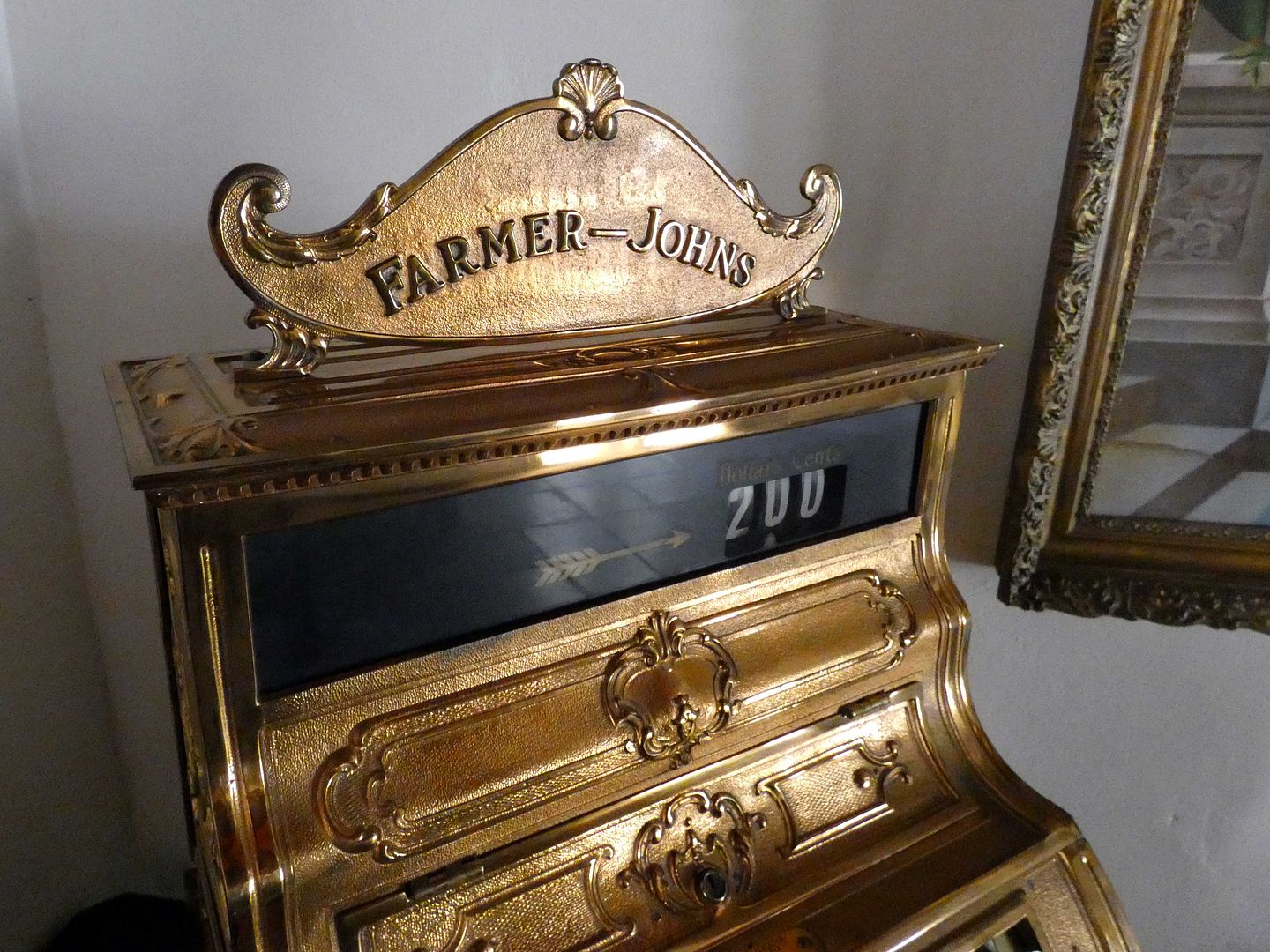
That's because the ranch stayed in the Cloughertys possession until they sold to the developer of the Tesoro del Valle village in 1998. It's basically frozen in time from that point.
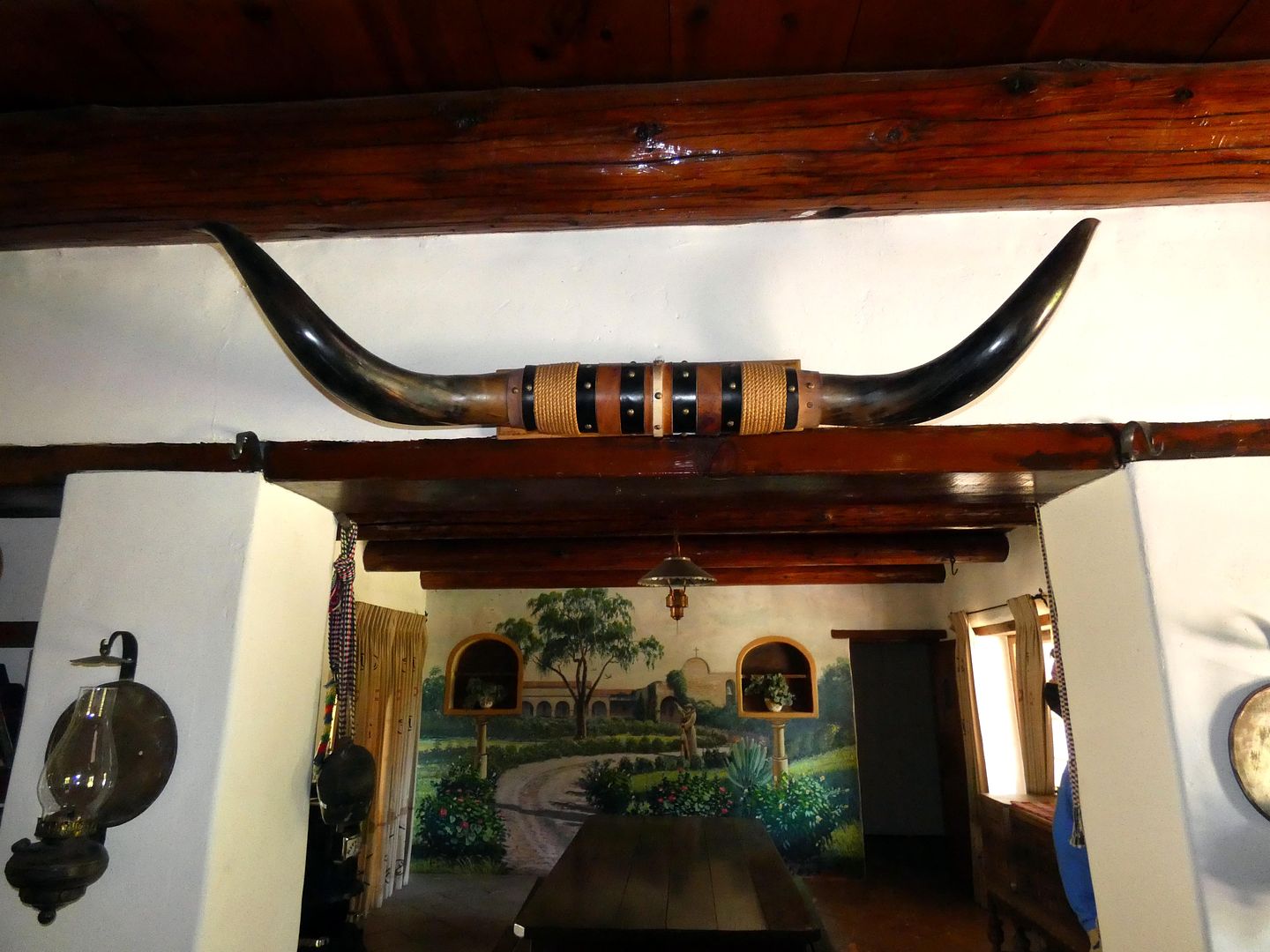
Besides the curtains and the Les Grimes murals, it's hard to know how much of the interior of the adobe ranch house is from the Carey era or from the Farmer John era.
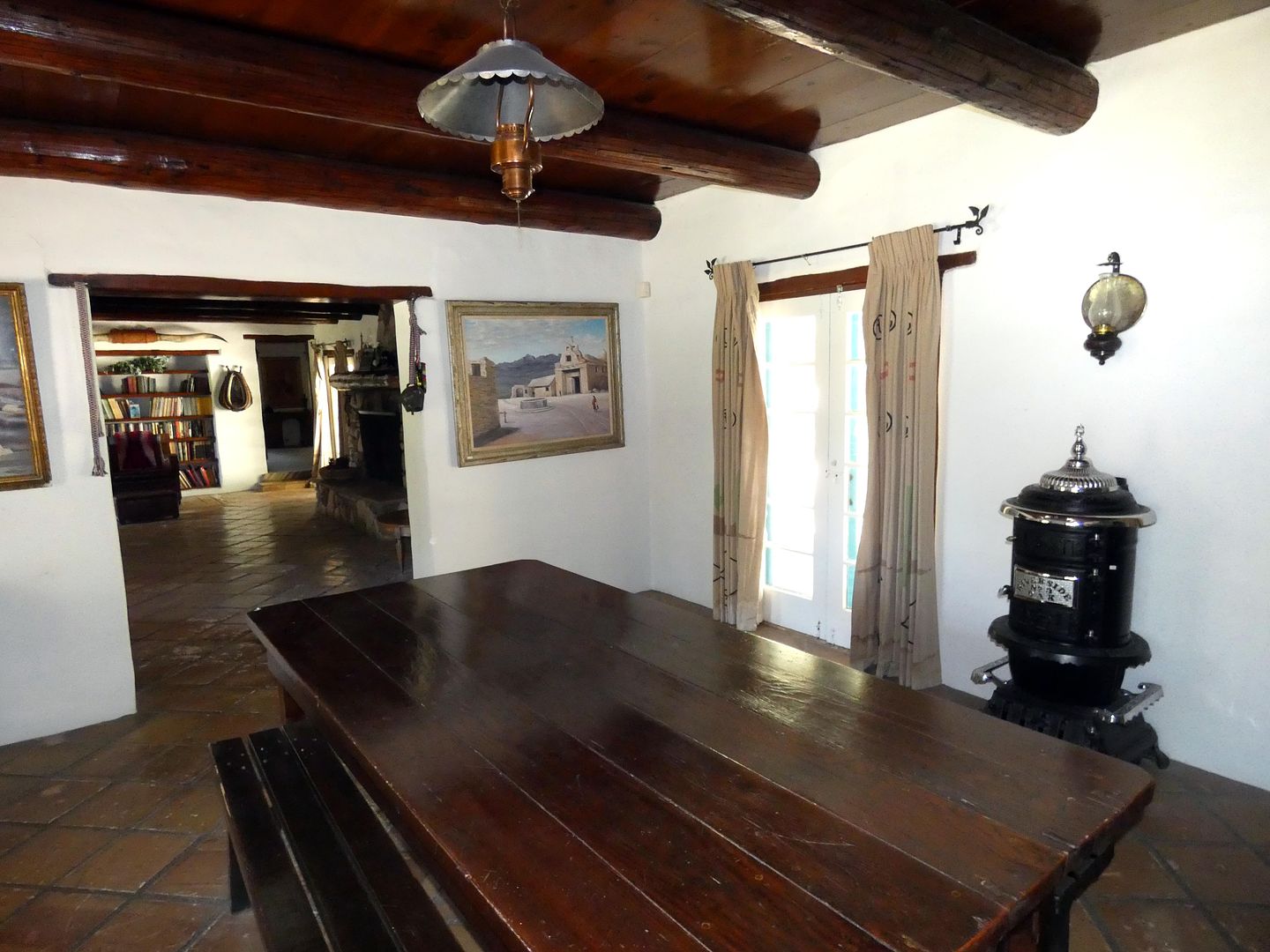
Certainly the "bones" of the house—like the telephone pole ceiling beams (a.k.a. vigas), wooden doors, and Mexican tile flooring—are original. (Click here for an architectural survey of the adobe ranch house.)
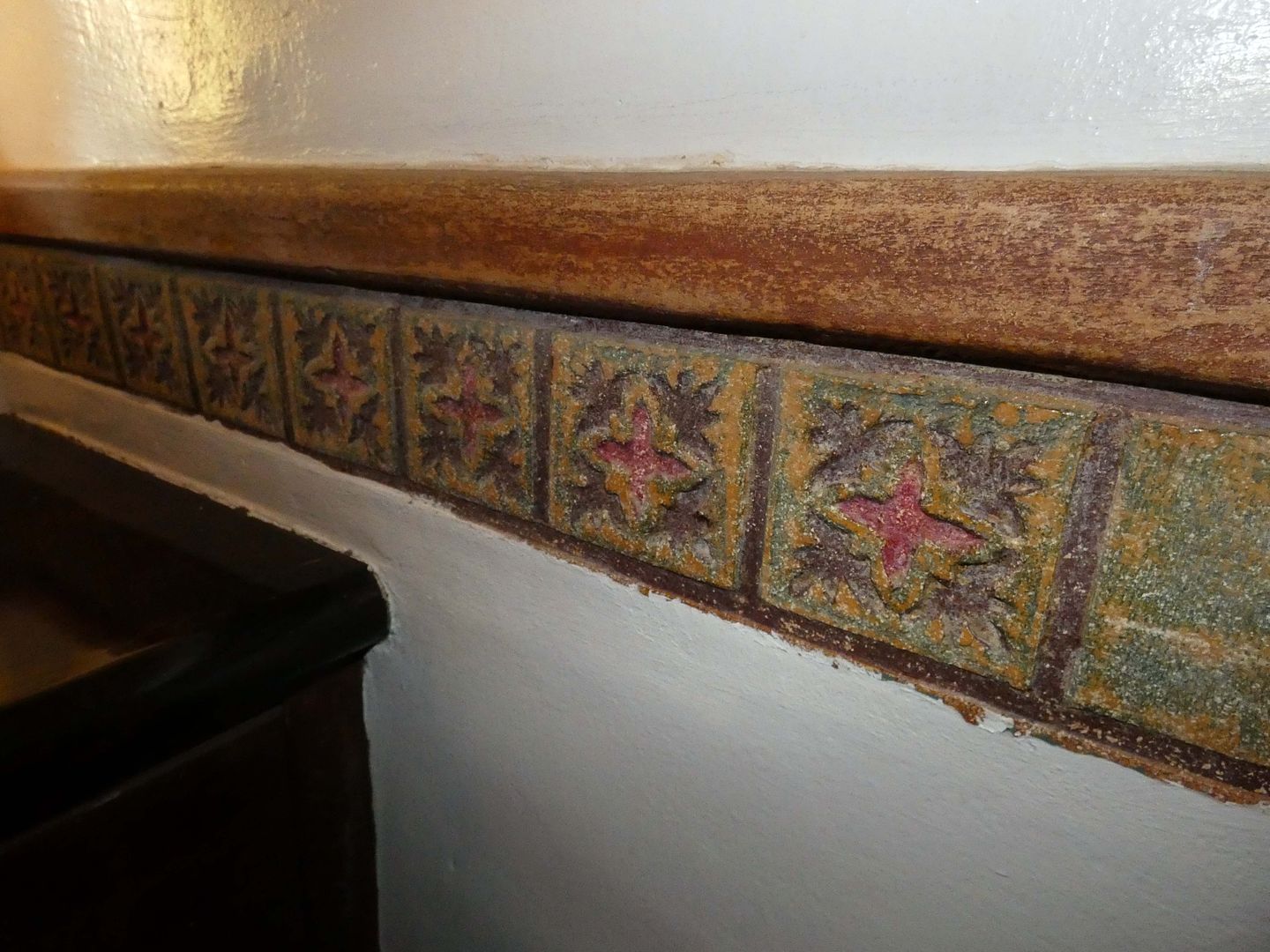
And some decorative elements, like the tilework in the kitchen, would seem to date back to the 1930s as well.
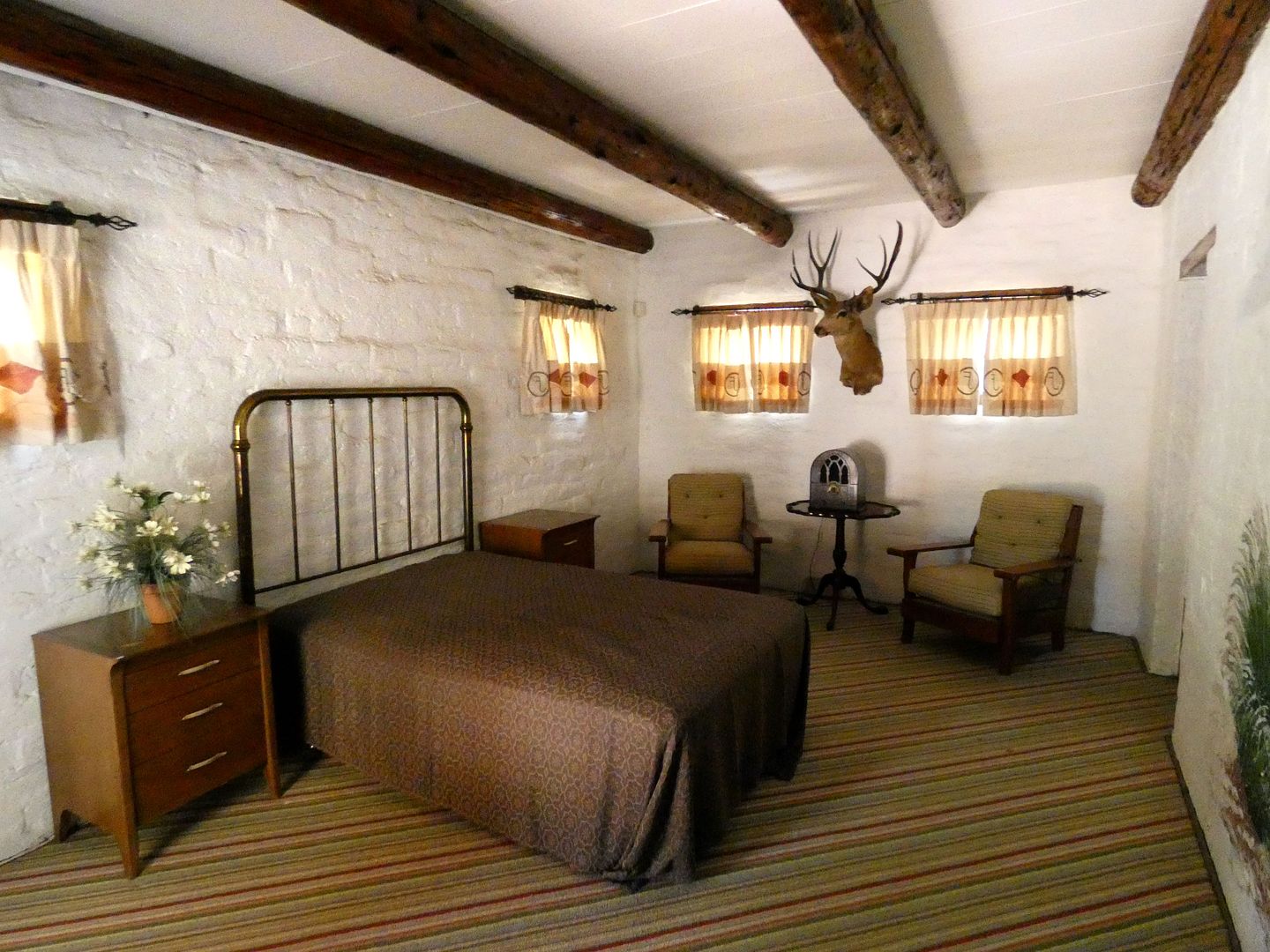
Given the age and condition of the furniture, it's kind of hard to believe that it would date back to as recently as 1998.
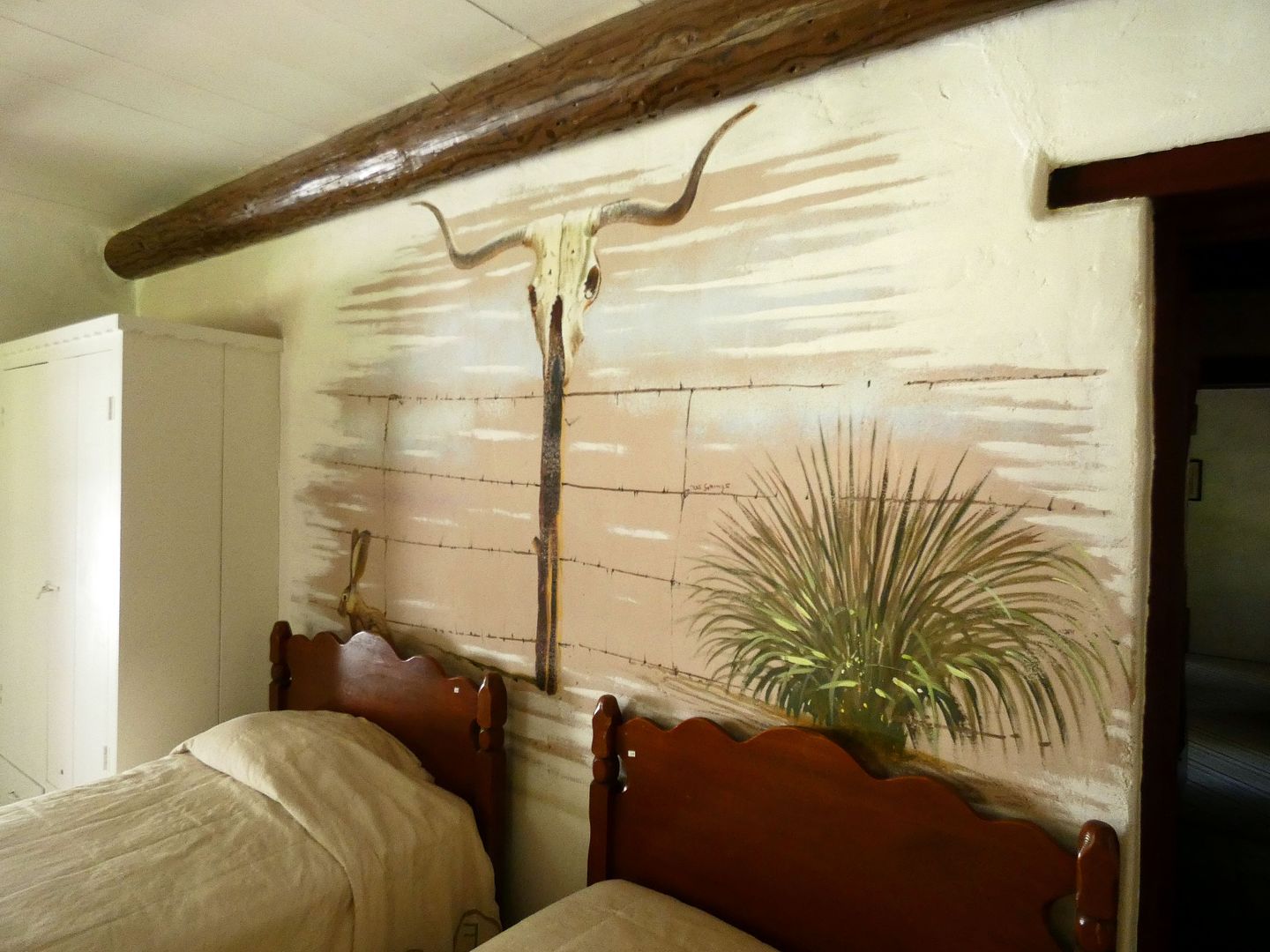
But it's not hard to imagine the Carey family living here, just as it's furnished now...
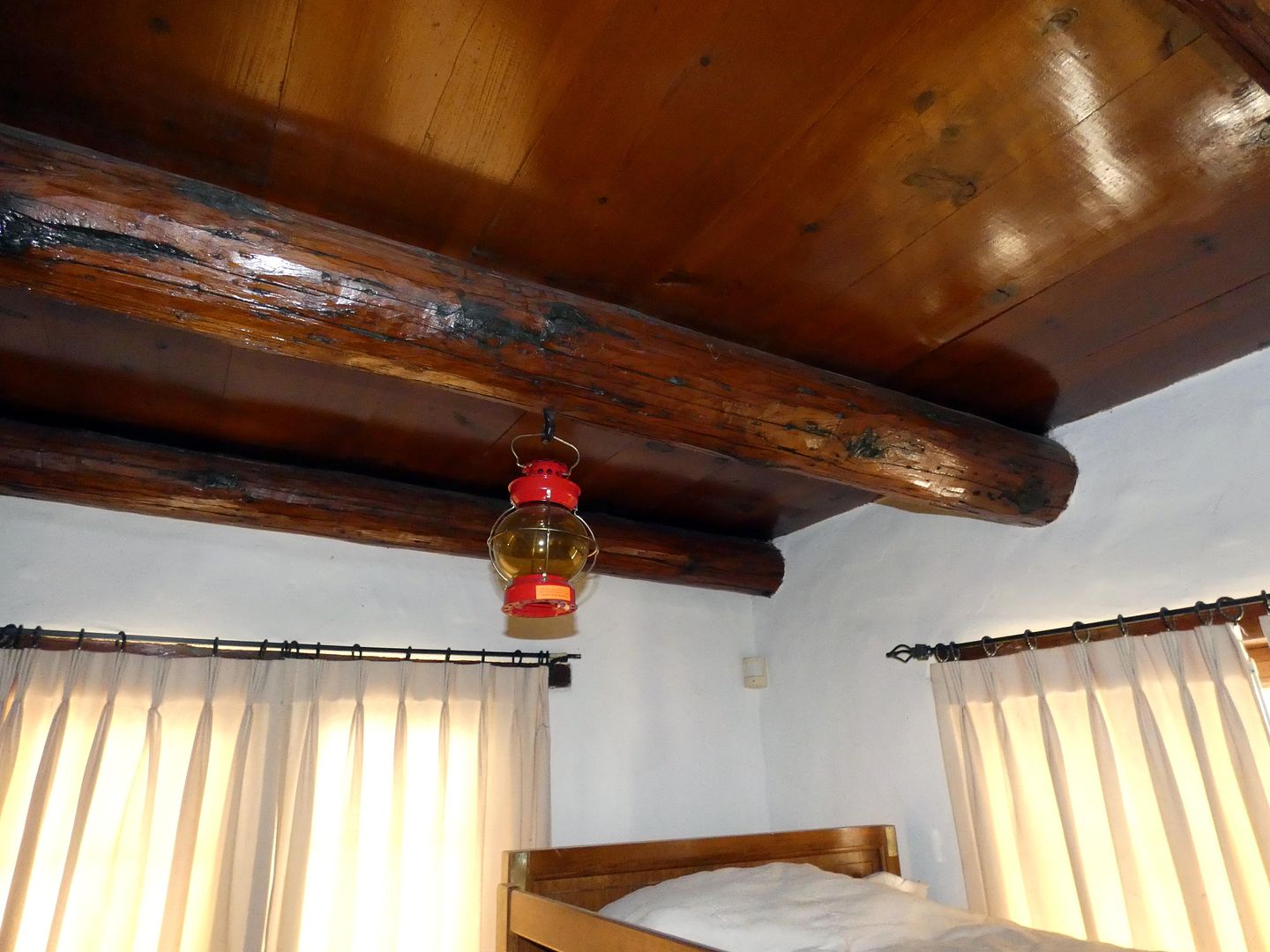
...both Harry and his wife Olive (Fuller) and their two children, Harry Carey Jr. (a.k.a. "Dobe," who also became a movie star) and Ella ("Cappy").
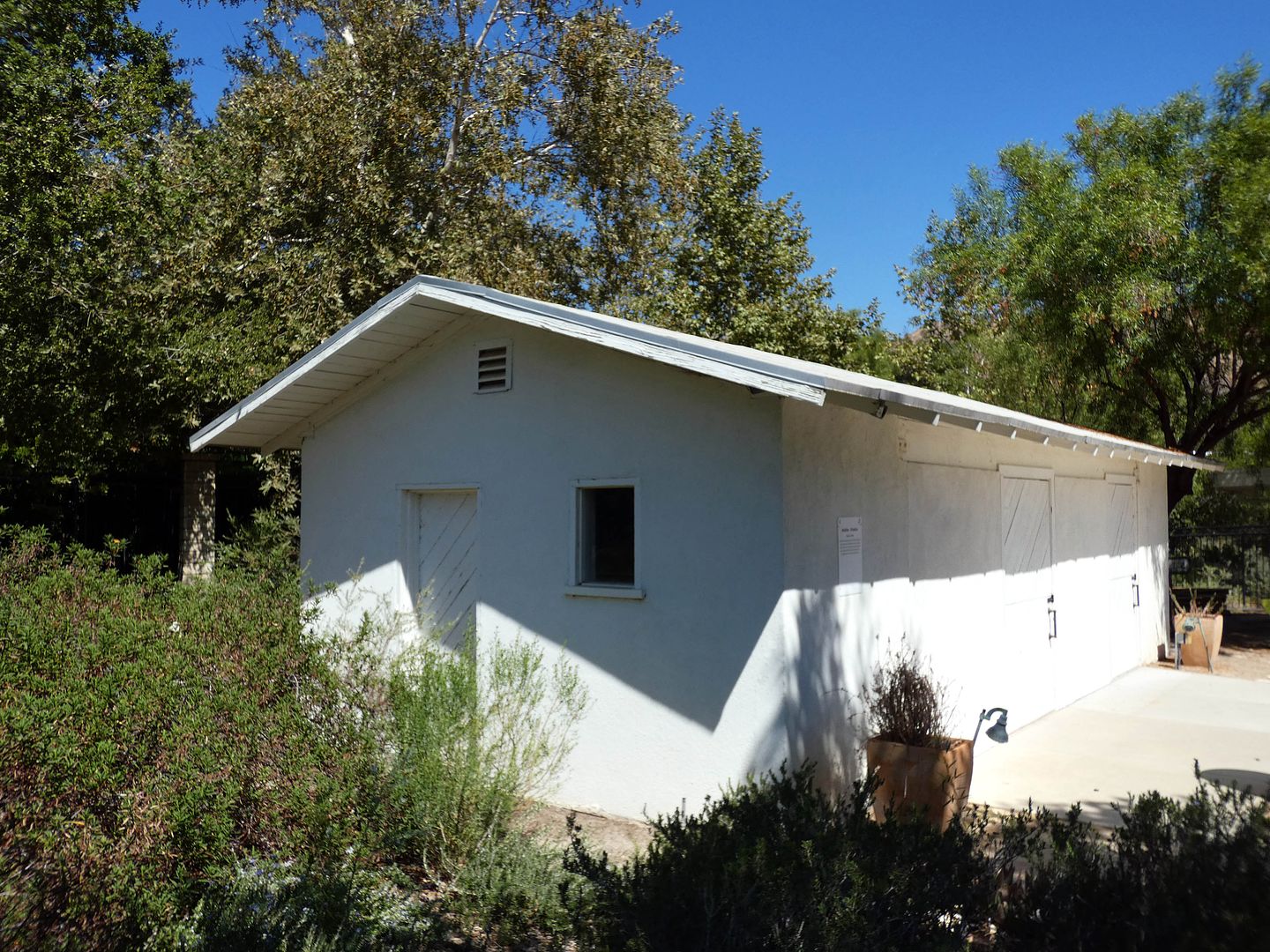
Elsewhere on the property, there's the circa 1920 adobe stable—which was built to be a chicken coop but ended up housing the ranch's horses.
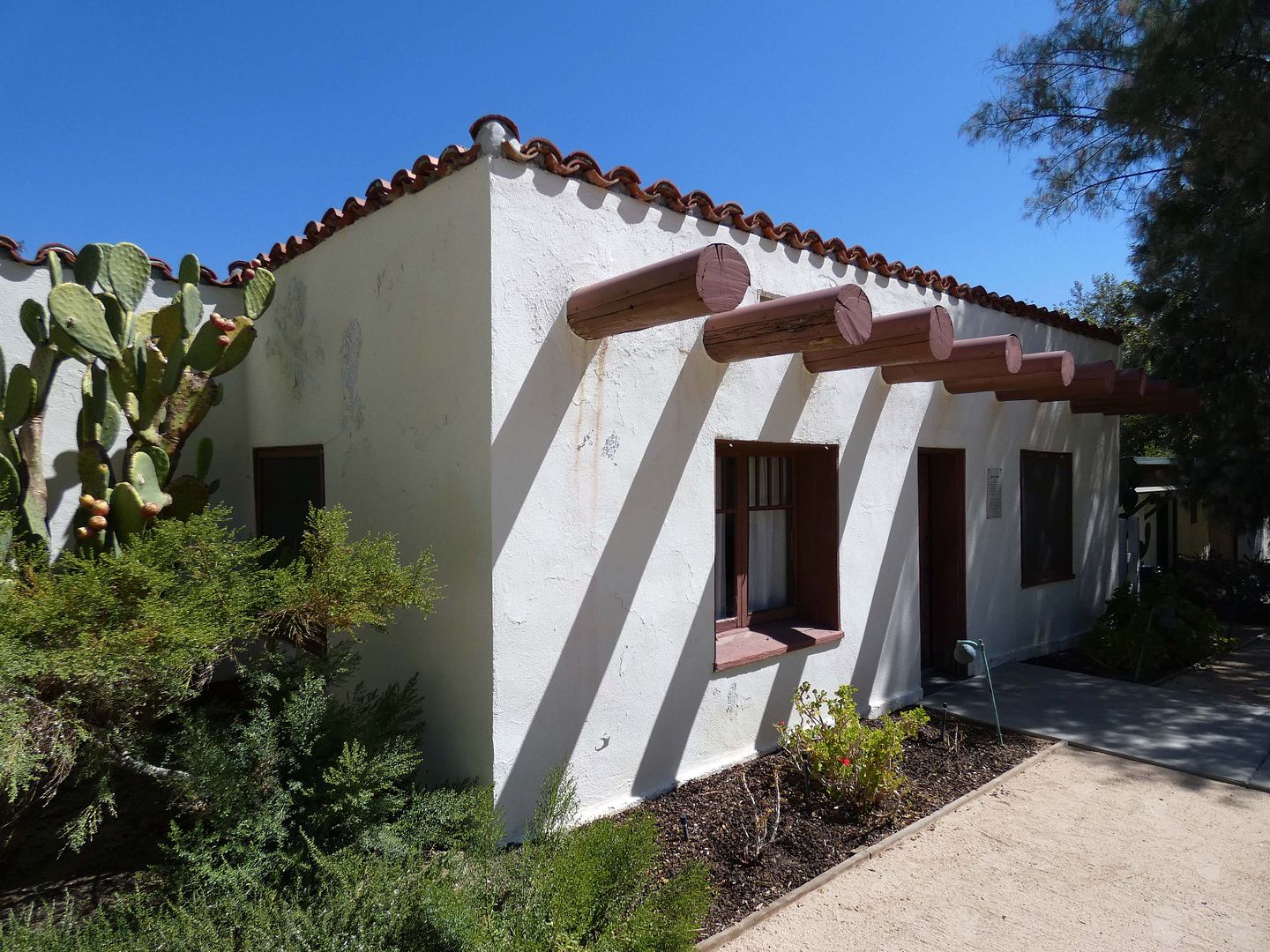
There's also "Joe's Cabin," also built of adobe (with several telephone poles jutting out of the exterior) and named after Harry's friend and fellow actor Joe Harris...

...who frequently visited the ranch and would even stay there and work in between his film commitments.

Next to Joe's Cabin is the wooden stable, the site of Harry Carey's "Wild, Wild West" shows held at the ranch in the 1920s.

It looks different than the rest of the Spanish Colonial Revival structures on the ranch because it was built by Universal Pictures (the studio Carey was most associated with)—and originally located about three quarters of a mile up the canyon.

At least one film was shot on the Harry Carey Ranch—but there might've been more, dating as far back as 1913. Regardless, it seems to have attracted the Hollywood cowboy types, with Will Rogers, William S. Hart, and John Wayne among its reputed visitors.
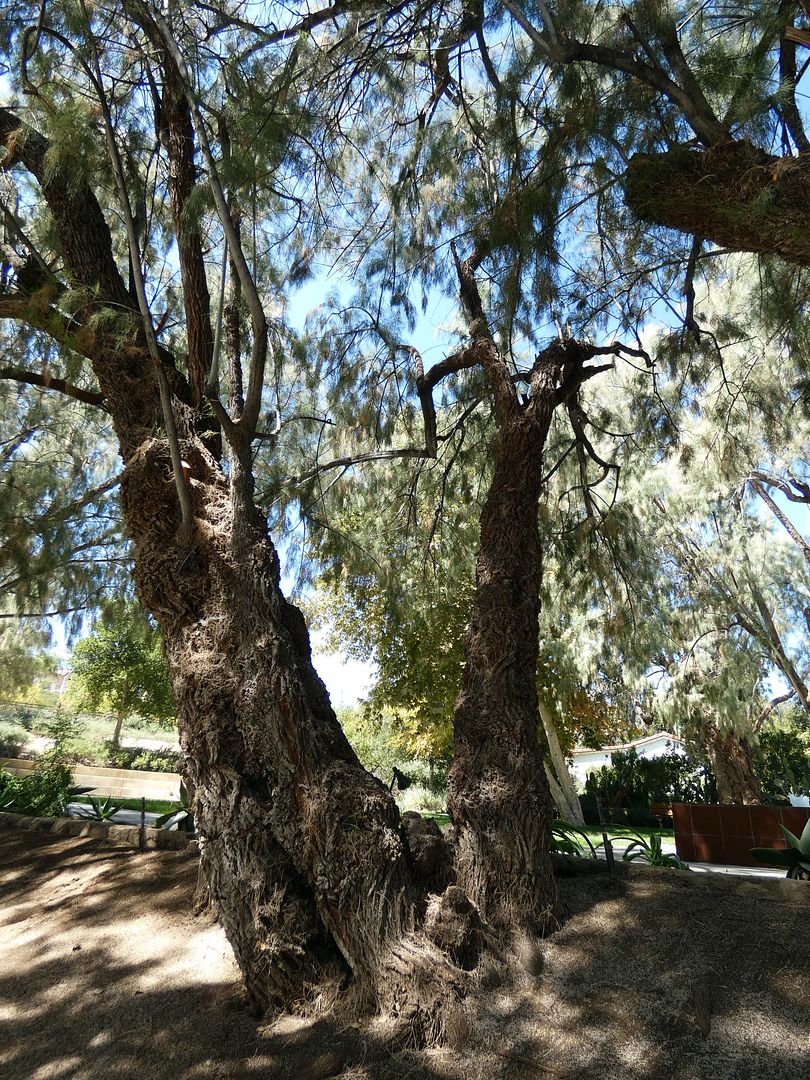
The thing that really made it a tourist attraction back in the day, though, was Harry Carey's Navajo Trading Post where real-life Navajo Indians, "living in their native way" (or at least some Hollywood version of it), would weave Navajo rugs of fibers from their Karakul sheep, work silver jewelry, make baskets, bake bread, and create other wares for sale at the post.
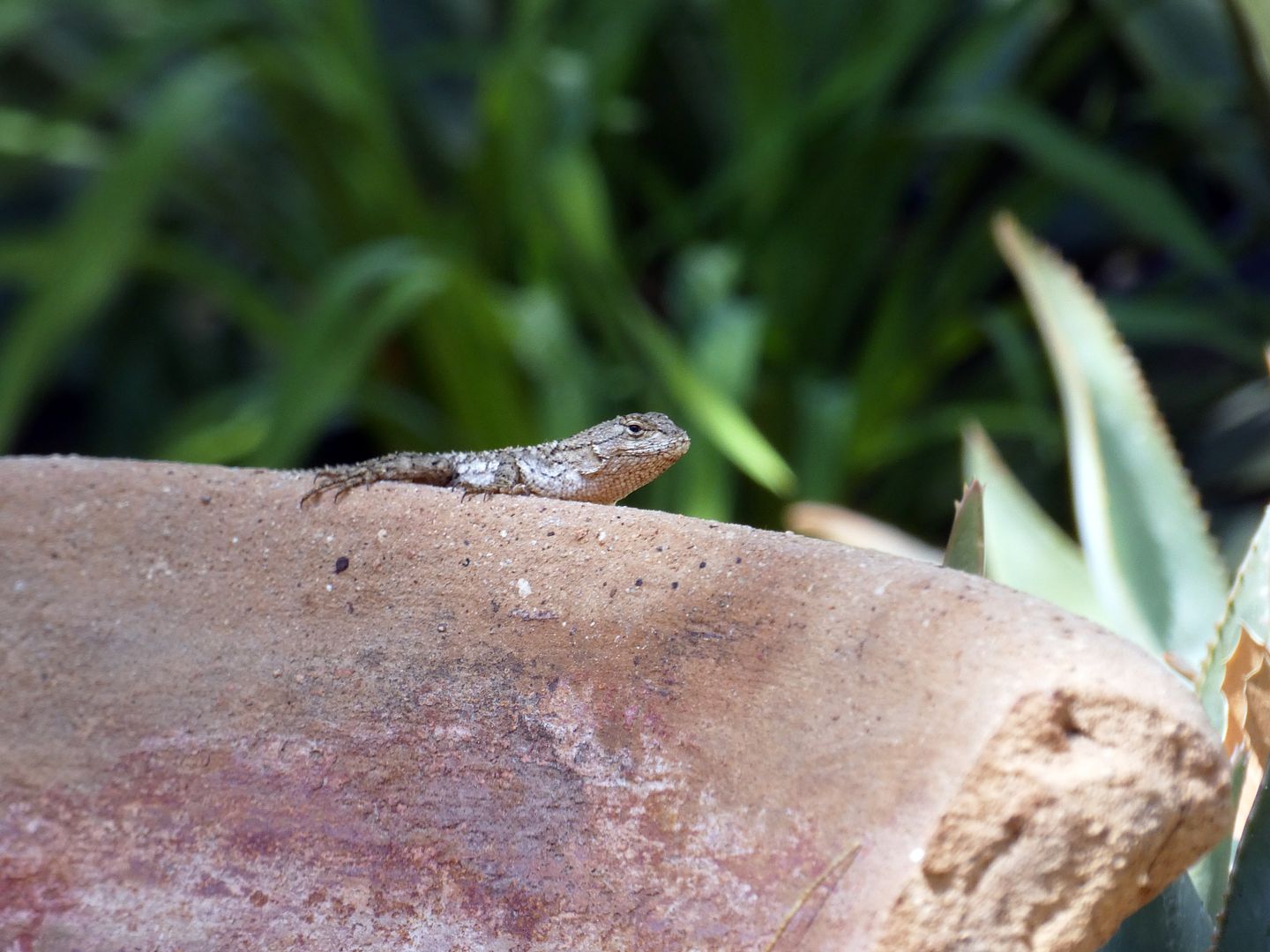
Brochures promoted the Trading Post as "One of the Day's Pleasure Trips of Los Angeles"—then located in the town of Saugus in "Historical San Francisquito Canyon," on the west side of San Francisquito Canyon Road, which was the main conduit to the Central Valley at the time (a.k.a. the "San Francisquito Pass").
That location turned out to be deadly in 1928, when the St. Francis Dam broke around 7 miles up present-day San Francisquito Canyon Road. Miraculously, the floodwaters took only three lives as they raged through the Carey ranch—ranch manager Clinton Harter and his wife Marian, who also ran the Trading Post.
The Navajos themselves were not on the ranch at the time. Legend has it that they'd had a premonition of the dam break, however vague, and left for their reservation. In their absence, their trading post was obliterated and they lost a reported 800 heads of stock in the flood.
Other ranch outbuildings didn't survive for other reasons—either because they were scrapped with the formation of the park (like one of the stables) or they were already heavily damaged (as with a garage and the caretakers' residence, in the 1994 Northridge earthquake).
With the exception of the adobe ranch house, most of the structures aren't in their original locations and have been shifted around to create a more consolidated historic district.
Which explains why I couldn't figure out where the Trading Post would've been or where the flood would've come through. The current park is just a small fraction of the original ranch, part of which was directly in the path of the floodwaters.
In fact, the current historic park is just 1.24 miles southwest (as the crow flies) from the Ruiz family cemetery, where some of the first victims of the St. Francis Dam flood were buried.
Although I wasn't able to visit the Harry Carey Ranch with the Santa Clarita Valley Historical Society, I am indebted to their online resources for helping me put together what I saw during my visit with the historical accounts of the site.
For Historic American Buildings Survey No. CA-2712 of the Harry Carey Ranch, click here.
Related Posts:

No comments:
Post a Comment